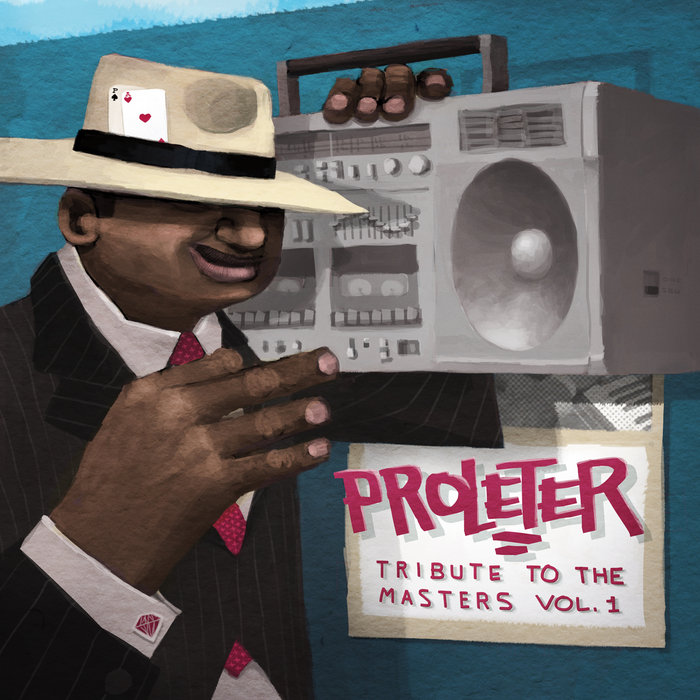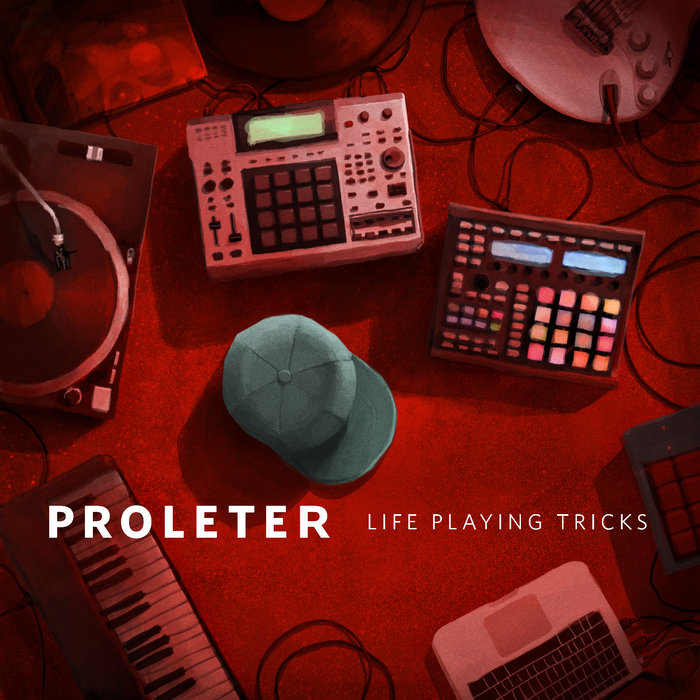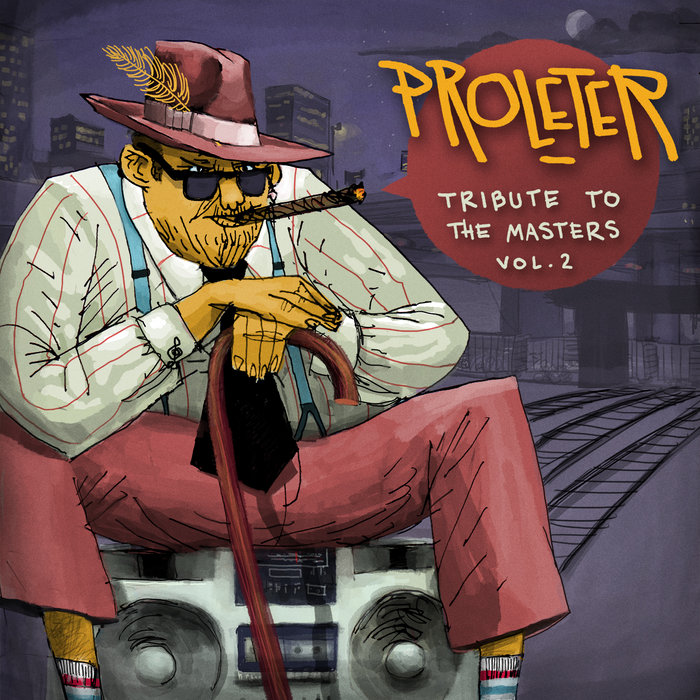
Motosu – ProleteR
this blog is GROOVY – check out great Soul, Funk, Jazz, Hip Hop, Bass, Breaks , Reggae, House n many more TUNES
Hey there, fellow groove seeker! Sit back, relax, and get ready to vibe with the funky roots and twists of abstract music. We’re diving into a genre that’s as wild and free-spirited as a dance party at midnight. So crank up the tunes (or not), because we’re about to embark on an audio adventure!
First off, let’s break it down: what do we mean by “abstract music”? This genre isn’t about catchy hooks or sing-along choruses; instead, it’s more like a sonic exploration of sounds and textures. Picture yourself in a dreamscape where traditional forms melt away—it’s all about creating feelings over melodies.
Some folks might say it’s the musical equivalent of modern art; others might just call it “weird noises.” But hey, who needs labels when you have pulsating rhythms and ethereal tones? It can range from experimental jazz to avant-garde electronic beats—anything goes!
Origins: The seeds of abstract music were sown way back in the early 20th century. Composers like Arnold Schoenberg and John Cage started throwing traditional tonal structures out the window. They believed that sound itself could be art—not just something pretty for our ears.
Fast forward to the mid-20th century when musicians really started pushing boundaries. We had legends like Karlheinz Stockhausen, whose pieces often felt like they belonged in another galaxy! And let’s not forget Sun Ra, who claimed he was from Saturn—seriously! His chaotic space jazz laid down some cosmic vibes for future generations.
John Cage had an obsession with chance operations (yes, he literally flipped coins) to determine how his compositions would unfold. Talk about leaving things up to fate!
Sun Ra once threw elaborate parties where guests were encouraged to wear their most outrageous costumes—satellite-inspired outfits included!
As technology leaped forward, so did abstract sounds! Synthesizers hit the scene hard during this decade. Artists began blending electronics with jazz influences—a match made in sonic heaven.
Enter artists such as Brian Eno, who is called “the father of ambient music.” He released albums designed specifically for casual listening while you chilled out… or worked on your bizarre hobbies—like potato carving or extreme ironing.
And then came along those quirky electronic wizards known as Aphex Twin. His work reminded listeners that beauty can come from chaos—and apparently has led many people trying their hand at mimicking his unique beats… even if they ended up sounding more “oops” than “oops wow!”
What’s super cool is how abstract music paved new paths across genres! You’ll find its fingerprints in hip-hop sampling Lords thanks to artists like DJ Shadow laying fat beats layered with rich audioscapes.
Even pop icons flirted with these ideas—you’ve got Björk weaving dreams within her tracks or Radiohead boldly venturing into uncharted territory (ahem Kid A!). So remember next time you bop along—you may just be grooving upon someone else’s abstraction masterpiece!
Abstract doesn’t take itself too seriously sometimes—even its musicians enjoy injecting humor into their craft:
Frank Zappa was notorious for merging intricate compositions with hilarious lyrics while giving everyone earworms full of oddball tales.
Speaking of laughter, there’s always that classic tale about Captain Beefheart taking eight hours straight counting bees for one song’s rhythm track… please don’t ask why he did it—we still don’t know!
How could I forget The Residents, those masked weirdos? Their whole identity is cloaked in mystery—with rumors saying they’re either aliens observing us OR simply four eccentric fellas managing quite well without revealing themselves (they must throw epic mask parties!).
As we wrap this rollercoaster ride through abstract music history—it’s essential not only appreciate its evolution but also embrace creativity wherever inspiration strikes whether it’s via spontaneous jam sessions at dusk under twinkling stars or futuristic techno raves filled with glowing attire—the possibilities are endless!
So next time you’re jamming out solo among your collection—or maybe even finding new sounds online remember this
groovy journey we took together feels good exploring fresh ideas fearlessly because isn’t that what life & sound waves are all about?
Go ahead + share some quirky stories/facts you’ve heard regarding any other pioneers within abstraction/music world below—I want every intoxicating drop shared across horizons echoed far beyond mere notes playing randomly… Let’s keep this party thrumming long after we’ve signed off today!

Motosu – ProleteR

Push It Up – Ganja White Night, PAV4N, Jamakabi

By Your Side – ProleteR

containr – Aroma Nice

Tribute to the Masters Vol.1 – ProleteR

Badass Girlz – ProleteR

Tribute to the Masters Vol.2 – ProleteR

Feeding the lions EP – ProleteR